teak mats in the shower?
writersblock (9b/10a)
10 years ago
Related Stories
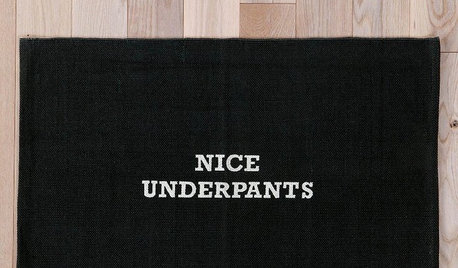
PRODUCT PICKSGuest Picks: Roll Out the Welcome Mat
Classic to cheeky, these doormats will get your entryway’s style off on the right foot
Full Story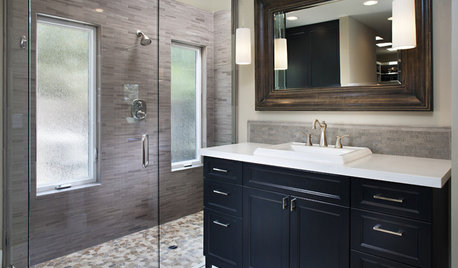
BATHROOM DESIGNWhat to Use for the Shower Floor
Feeling Good Underfoot: Shower Tiles, Mosaics, Teak Slats and Pebbles
Full Story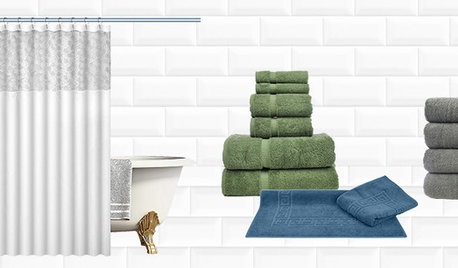
SHOP HOUZZShop Houzz: Bath Linens Sale
Swap out your old mat, shower curtain and towels for a fresh approach to washing up
Full Story0
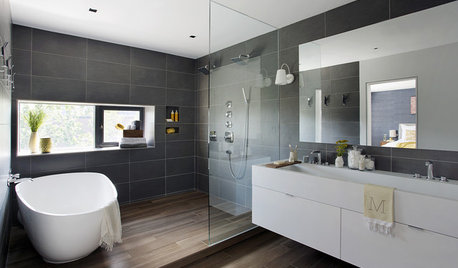
SHOWERSYour Guide to Shower Floor Materials
Discover the pros and cons of marble, travertine, porcelain and more
Full Story
BATHROOM DESIGNHow to Settle on a Shower Bench
We help a Houzz user ask all the right questions for designing a stylish, practical and safe shower bench
Full Story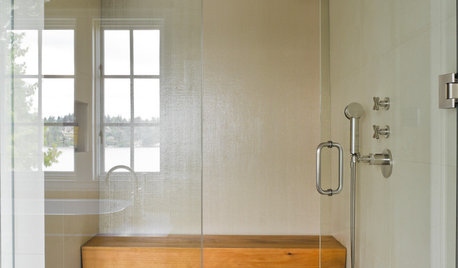
BATHROOM DESIGNOutfit Your Shower With the Right Bench for You
Whether you want a simple perch or a massive seat in your shower, our guide can help
Full Story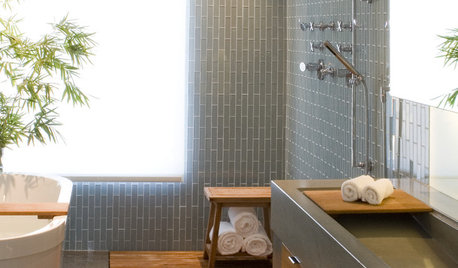
BATHROOM DESIGN18 Knockout Ideas for Wooden Floor Showers
Look to an often-forgotten material choice for shower floors that radiate beauty in almost any style bathroom
Full Story
BATHROOM DESIGNThe Case for a Curbless Shower
A Streamlined, Open Look is a First Thing to Explore When Renovating a Bath
Full Story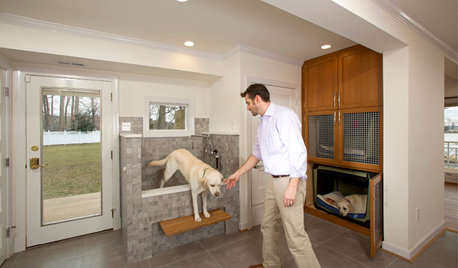
LAUNDRY ROOMSA Laundry Room With Bunk Beds and a Shower for Muddy Dogs
Custom cabinets with dog beds and a new step-up dog shower turn a laundry room into a hardworking hot spot
Full Story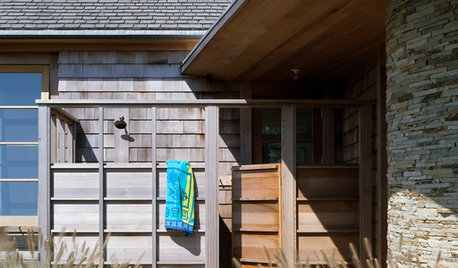
GREAT HOME PROJECTSHow to Add an Outdoor Shower
New project for a new year: Experience bathing in a whole new light with a shower in the fresh air
Full StoryMore Discussions






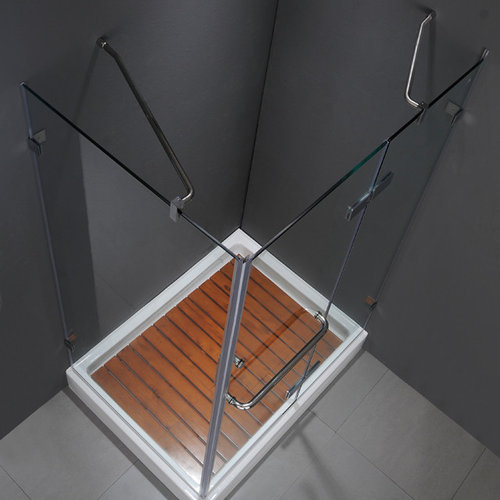

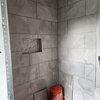

enduring
writersblock (9b/10a)Original Author
Related Professionals
El Dorado Hills Kitchen & Bathroom Designers · Newington Kitchen & Bathroom Designers · Portland Kitchen & Bathroom Designers · Springfield Kitchen & Bathroom Designers · Elk Grove Village Kitchen & Bathroom Remodelers · Omaha Kitchen & Bathroom Remodelers · Sharonville Kitchen & Bathroom Remodelers · Ridgefield Park Kitchen & Bathroom Remodelers · Culpeper Glass & Shower Door Dealers · Lakewood Glass & Shower Door Dealers · Seattle Glass & Shower Door Dealers · Richardson Cabinets & Cabinetry · Wadsworth Cabinets & Cabinetry · San Jose Window Treatments · Washington Window Treatments_sophiewheeler
writersblock (9b/10a)Original Author
mdln
elphaba_gw
MongoCT
writersblock (9b/10a)Original Author
mdln
MongoCT
writersblock (9b/10a)Original Author